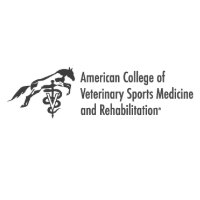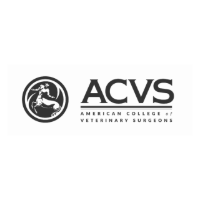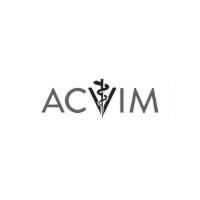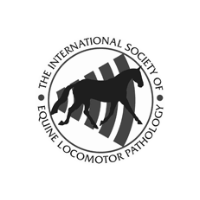You’re getting the best equine surgeons.
After a thorough evaluation and diagnosis by our skilled equine vets, we may recommend one of several equine orthopedic surgical treatments, including:
- Arthroscopy
- Fracture repair
- Foot surgery
We understand that equine surgery can be a scary proposition. However, you’ll have the best equine surgeons helping your horse through the surgery and recovery. Dr. Martin Vidal is double-board certified, both with ACVS and ACVSMR and Dr. Fabio Aristizabal is ACVS board certified in Equine Surgery and Lameness Specialist
Arthroscopy
Arthroscopy is a minimally invasive surgical technique that allows one of our skilled equine surgeons to assess and treat joints, tendon sheaths and bursae through small portals. Arthroscopy requires specialized equipment that is used to remove chips from joints and to treat infected joints, tendon sheaths, and bursae.
In most cases, arthroscopy is performed on an anesthetized horse but in our clinic, it may also be performed in selected joints with a needle scope in the standing horse.
Fracture Repair
A fracture, also known as a break in a bone, can occur in any bone of the horse. If you suspect your horse has a fracture, contact us immediately for evaluation and emergency first aid and stabilization.
Prompt, appropriate initial care is crucial for successful outcomes in horses with fractures. Once stabilized, we’ll evaluate your horse to determine if it’s a candidate for fracture repair. Some fractures can be managed conservatively without surgery. Many fractures can be repaired surgically and some cannot.
Possible Fracture Symptoms
Signs that your horse may have a fracture are that it’s not bearing any weight on the limb or is demonstrating severe lameness, that is toe-touching, dragging the limb, or hopping. Other signs may include symptoms of pain or shock such elevated heart rate, elevated respiratory rate, sweating, or anxiousness.
Other symptoms to look for are:
- Abnormal contour, angle, or shape of the limb, face, or ribs
- Swelling around the fractured area
- Bleeding if there is a wound or laceration associated with the fracture area
The location and severity of the equine fracture will influence the options for surgical repair. A variety of surgical repair techniques are often performed with the horse placed under general anesthesia, though some can be performed with the horse sedated and standing.
Simple fractures may only require a few metallic screws or wires to stabilize the fracture while other, more complex fractures, may require multiple metallic plates and screws.
Foot Surgery
Traumatic foot wounds in horses may require surgical intervention. These wounds include coronary-band and heel-bulb lacerations, any septic condition such as septic pedal osteitis, septic navicular bursitis, sepsis of the collateral cartilages, and hoof-wall injuries.









